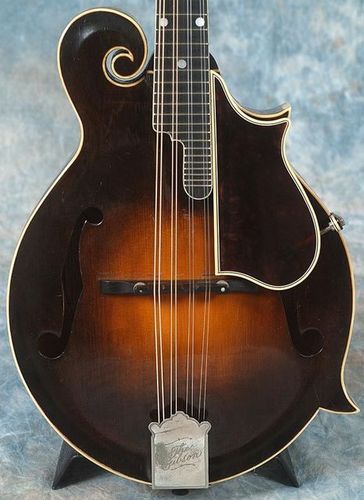In Bluegrass music a Break is where you play a solo, where the term came from? Well I'm not real sure.
The first break in a bluegrass song is called the kick off and also the first part of a break is called the kick off to your break.Never the less it is one of the most notable features of bluegrass music Because of the way that is laid out,compared to other music. Let me explain real quick be fore we get into the rest of this post. Usually in a Bluegrass song a instrument Kicks off the break, whether it be a banjo fiddle , mandolin or whatever. if you are a beginner and don't know what they are playing. It will usually be a variation of the melody of the verse of that song. I say variation of the melody because it might not follow it exactly. In some cases the Kick off might be the chorus of the song.or maybe both the verse and the chours but in most cases it is the verse. Of course if the song is a strictly instrumental piece
you just play a variation of the melody
So with all that said lets get on to it BUILDING A BREAK
This is my approach to really setting down and building a break, not a jam session where you just pull something out of your head . I'm talking about a song that you will be playing with your band or maybe friends or you just want to pick the song good and want it to be your break and not something that you copied of one of your favorite pickers.
First of all Have the melody in your head and the key you want to play the song in
now.Take your time and pick out the most simplest melody to the song. Hold directly to the melody
You might have to, match your instrument to your voice by humming over singing. to find some of the notes Now this may not be that easy at first. But you will get it over time it will also definitely improve your ear
Once you can pick the basic melody. It maybe sound kind of bland or boring. if you notice above I said a Variation of the Melody Just about any instrument has it Own set of Kick offs, licks , Scales
And some are shared among instruments.
So you want to make your break more exciting So lets start with a Kick off .
the Kick off sets you up to play your melody
Lets just say your a Newbie and only know a few songs. Try the kick off to one of those songs.
It might fit. now you might have to transpose the key of it in order make it right.
So at this point you have a Kick off and the melody *note* you must make your kick off flow right into the melody Play that for a While
Now you have a A great kick off with the same old boring melody. Now most bluegrass songs have a quick cord change at the end of the phrase whether it be G to D and back to G or A to E and back A
Now that's a good spot for a lick, same as above see if some of the licks in the songs you already know
will work in that spot maybe You could even use a variation of some of the licks I showed you in my videos. *note*Old fiddle tunes are great to steal licks from. Even if you cant pick the whole tune.
There will be something you can use..and put in your bag of licks for the next time.
Now you have a Kick off, the melody, and a cool lick at the end of your break
Sounds better already.
Lets take it a step further Will that lick Fit twice in your song? It probably will.Now you might have to change a note or two at the end .or phrase it a little different. You might even find and different lick to put in that spot.
So now you have A kick off, a peace of the melody, a cool lick, another peace of the melody, and another cool lick at the end. Is that good enough? It might be GREAT! then again It MIGHT SUCK
LOL. Just kidding.
At this point most traditional bluegrass pickers stop at this point for the most part. and there is nothing wrong with that.I love the old stuff as well as the new.
But Let take it a Step further there A lot of Musicians ,bluegrass or what ever stray from the melody quite a bit. So how do they do that?Here are some ways. By scales. they Find a scale or part of a scale that
that fits where the melody would go or to replace the lick or both they might even combine the two
So if you would choose to do that. Here's what your break might be: A kick off, a Peace of the melody, a cool lick, a scale, in place of the melody, walking into a cool lick at the end of your break
And that's about it That pretty much it in a nut shell
With that I hope you can get something out of this


